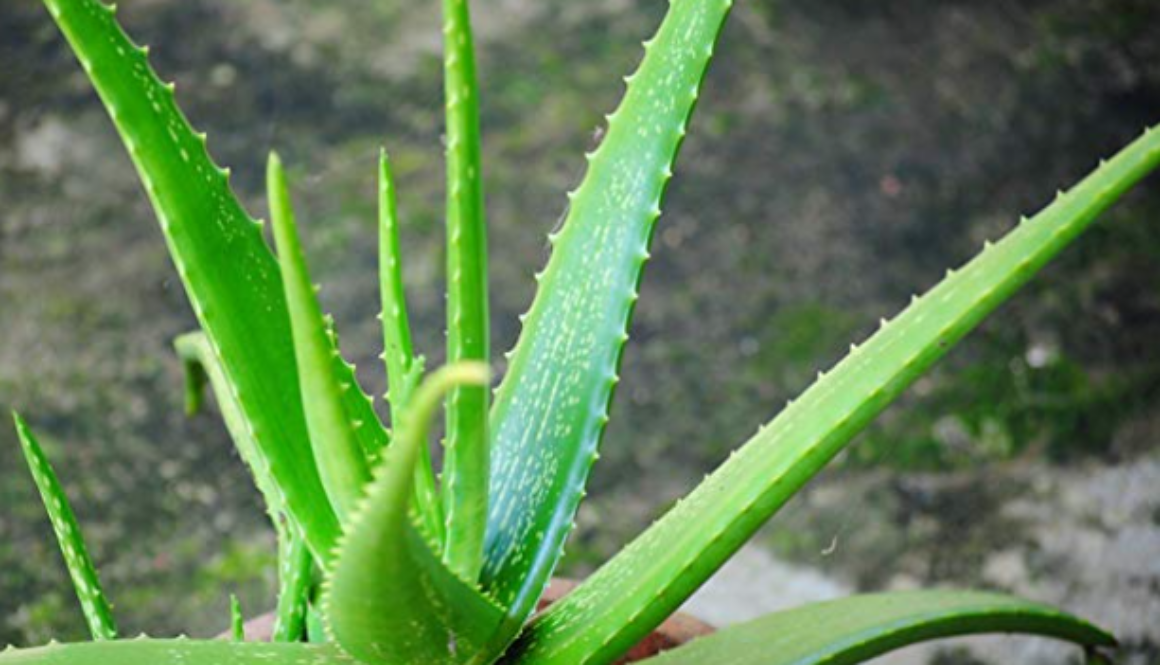GHRIT KUMARI
CLIMATE: Aloe vera can be grown in almost all the parts of the country, even under extreme drought conditions, except in temperate climate. As its water requirement is very low it can be cultivated in aird and semi-aird.
regions.
SOIL: The plants grow successfully in marginal to sub marginal soils with low fertility. The plants can tolerate high soil pH with high potassium and sodium salts. However, it grows faster in black soils.
PROPAGATION: Suckers, (shoots growing from the base of the herb) are the best propagating material for these plants. Nearly 3-4 months old suckers having 4-5 leaves and about 20-25 cm in length suckers are best suited.
Suckers shall be planted in July-August, however, under adequate irrigated conditions can be done any other time also except winter. Suckers shall be planted in about 15 cm deep pits at a distance of 60 x 60 cm per ha land. After planting of suckers, the soil around the root zone needs to be firmly pressed and care needs to be taken to
avoid water stagnation.
PLANT PROTECTION: The plants shall be grown without chemical fertilizers and use of pesticides. Organic manure and pesticide are recommended.
IRRIGATION: Just after plantation of the suckers the plants shall be irrigated. 2-3 subsequent irrigation shall be applied to get the plants established. 4-6 irrigation per year is adequate for its proper growth.
HARVESTING: Plants can be harvested from second to fifth year of transplantation. Depending upon the growth plants may be harvested 3-4 times an year.
USES
Aloe is a rich source of antioxidants & vitamins, improves skin health, improves digestion and boosts immunity. Aloe is used to treat burns, and the gel can also be used as a toothpaste and mouthwash; it is a natural option for improving oral hygiene and reducing plaque.
Apart from medicinal uses, Aloe is used commercially in many cosmetics and skin care products. The gel is also used in soaps.

